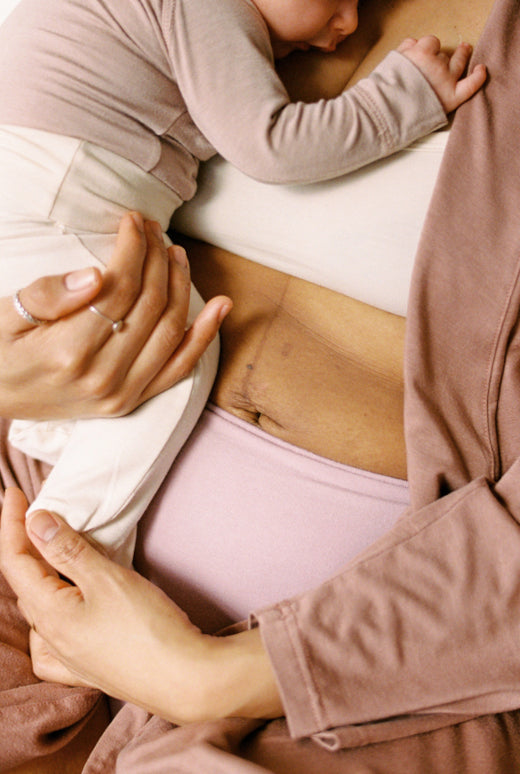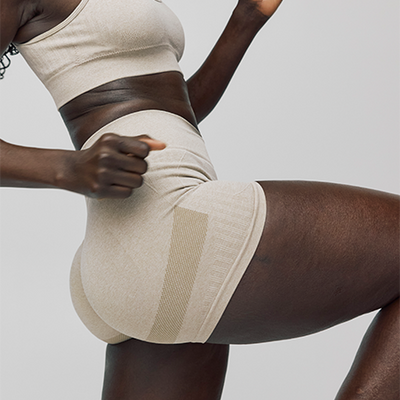

Cesarean Delivery
The journey of motherhood is transformative, often accompanied by the awe-inspiring act of giving birth. Some people will have vaginal births and others will have cesarean section (c-section) deliveries.If you have had a c-section, there can be specific changes in the body and pelvic floor. Understanding these changes and implementing practical recovery strategies can aid in a smoother postpartum experience and promote overall well-being during this transformative period of your life.
Body and Pelvic Floor Changes after C-Section:
A C-section is a surgical procedure that involves making an incision in the lower abdomen to access the uterus and deliver the baby. This surgical approach impacts the body and pelvic floor in several ways:-
Incision Site Healing: After a c-section, the most evident change is the incision site on the lower abdomen. It requires proper care and attention during the healing process. Keep the area clean and dry and follow your healthcare provider's instructions to prevent infection and promote healing.
-
Abdominal Muscles: The abdominal muscles are affected during a c-section as they are cut to access the uterus. Consequently, they weaken temporarily, making specific postpartum exercises essential for regaining strength and tone in the abdominal region.
-
Scar Tissue Formation: As the incision site heals, scar tissue forms. While it is a natural part of the healing process, it can cause some tightness or discomfort. Massaging the c-section scars gently and using scar healing creams or scar sheets can help reduce its appearance and improve mobility. These creams and scar sheets might also assist with minimizing the appearance of stretch marks.
- Pelvic Floor Muscles: Though the pelvic floor muscles themselves are not directly affected by a c-section, they may still experience strain and weakness during pregnancy due to the growing baby's weight and pressure on the pelvic region, as is the case with vaginal delivery.
Developing a C Section Recovery Kit
Pelvic Floor Exercises from a Pelvic Floor Physiotherapist
Pelvic floor exercises, including sometimes Kegels, are crucial for strengthening the pelvic floor muscles after pregnancy and c-section. Regularly performing pelvic exercises can help restore muscle tone, improve bladder and bowel control, and prevent pelvic floor issues in the future.
Gentle Postpartum Exercise
Engage in gentle exercise that focuses on rebuilding core strength and supporting the body's healing process. Start with light activities, such as walking or yoga, and gradually increase the intensity as your body recovers. Support this conditioning with a healthy diet containing iron-rich foods and adequate fiber, get as much rest as possible, and properly hydrate to ensure regular bowel movements. Remember to listen to your body and avoid exercises that cause pain or discomfort.

Maintaining good posture is crucial for supporting your healing body, as well as pelvic floor. Be mindful of your posture, especially while sitting, lifting, or feeding your baby. Practice engaging your abdominal muscles and keeping your back straight. Avoid slouching, as it can put additional pressure on the pelvic floor muscles.
Seek Out Support
Seek the support of friends and family to help you through this transition. Try to embrace this time to slow down, rest, recuperate and focus on supporting yourself and your growing babe in the most nurturing ways.
A c-section is a major surgical procedure that can lead to significant changes in the body and pelvic floor. Understanding these changes and implementing practical coping strategies can contribute to a smoother postpartum experience. Remember to be patient with yourself and allow your body the time it needs to heal and adjust after the miraculous journey of bringing new life into the world.





















